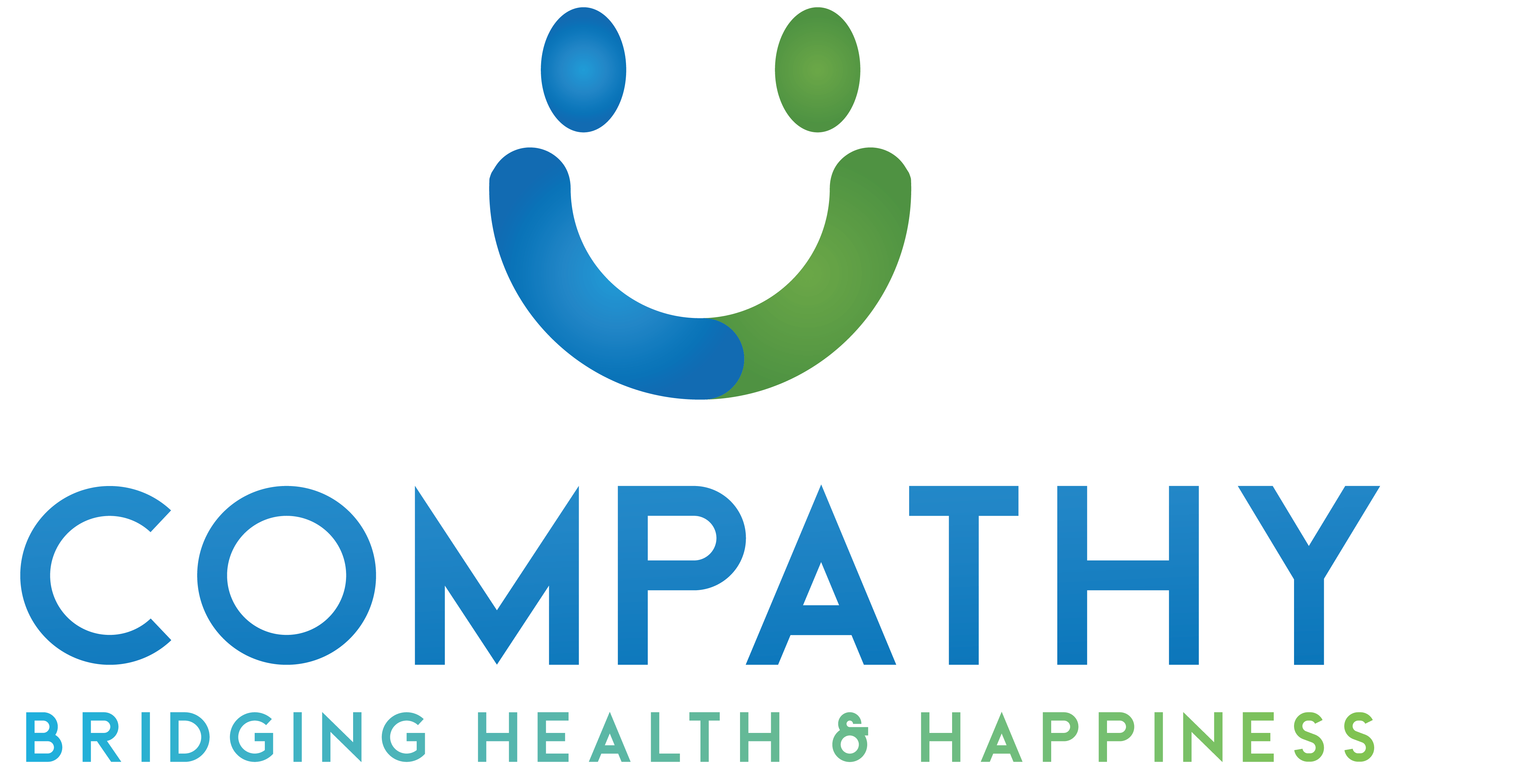Diabetes & Depression
DIABETES & DEPRESSION
Living with diabetes can be very tiring and worrying for the person and the whole family, especially when the effort has to be put every day and without any possibility of a break. This can trigger various feelings like frustrated, fed up, angry, guilty or fearful. The effort in dealing with daily diabetes management and more so during major life events can be exhausting and demotivating.
What is Diabetes?
Diabetes mellitus is the ‘largest global health emergencies in the 21st century.’ Type 1 diabetes(Autoimmune disease) - Destroys insulin producing cells and usually diagnosed < 40 years of age . Type 2 diabetes(metabolic disorder) - Uncontrolled blood sugars due to inadequate insulin production and/or insulin resistance commomnly diagnosed > 40 Years of age. The third category is Gestational Diabetes Mellitus (GDM) seen during pregnancy due to temporary insulin resistance & carbohydrate intolerance and one in five women develop diabetes over next ten years. Depression as per World Health Organisation is the ‘Third cause of global burden and the disease is to be ranked first by 2030.’ Depression is a mood disorder that disturbs emotions, cognitions and behaviors.
How Common is Diabetes & Depression?
Overall prevalence of diabetes and depression in India are 8.8% and 5.25% respectively. The prevalence of depression is increased upto three times in patients with type 1 diabetes and up by twice in type 2 diabetes compared to general population. On the other hand, presence of depression can increase the risk of diabetes by 60%.
What Contributes to These Medical Conditions?
Diabetes & Depression have bidirectional influence on each other. Although these two have common genetic influence, environmental factors play a major role. The risk factors like low socio-economic status, childhood adversity, poor social environments, lower physical activity and maternal stress prior to birth can play a role in both the conditions. These factors can result in activation and maintenance of stress systems like Hypothalamo-pituitary-adrenal(HPA) axis and sympathetic nervous system. These chronic stress states would cause hypercortisolemia resulting in insulin resistance, visceral obesity and metabolic syndrome. The patients diagnosed with depression and treated with antidepressant drugs can have increased risk of diabetes (upto 25%) and patients diagnosed diabetes treated with insulin can have increased risk of depression (upto 50%).
How to Identify Depression?
While everyone feels sad from time to time, depression is a state of persistent feeling low without any reason, that cannot be shaken, to the extent of impairment in fulfilling the roles of social, occupational and personal needs. If a person is feeling low for a period of two weeks, can screen for the following symptoms of depression.
- Feelings of worry, guilty
- Lost interest in things pleasurable earlier
- Decreased or increased need for sleep and appetite
- Lost interest in sex
- Difficulty in focus/attention
- Difficulty in making decisions
- Feelings of hopelessness/worthlessness
- Self-harm thoughts
Self Help Tips to deal with depression in diabetics
Look after yourself: The first step is to identify how you feel and think about things. People are usually very reluctant to identify their problems, stay in denial, don't speak about their problems or seek professional help. Depression is a medical illness with biological basis just like diabetes and one can ask their diabetes specialist to recommend a mental health professional.
Maintain social ties: It is natural that people with depression would try to avoid social contact due to limiting food choices and this would only make things feel aloof. Thus, maintaining social connect with family and friends, engaging in online communities or having a pet could be a positive sociable step.
. Don’t be hard on yourself and identify warning signs: Don’t try too hard to be perfect in everything you do and learn to be flexible. It is important to accept that you can’t control everything and concentrate on practising ‘here-and-now’ approach.
4. Practice relaxation: We perform better in a relaxed state but we fail to prioritize the need for relaxation. Engaging in activities like good sleep, going for a walk, a good massage, listening to music or watching a movie with friends and practicing deep breathing exercises would destress oneself and keep relaxed.
5. Enjoy healthy food and drink: It is important to eat healthy food and drinks but equally important to stay conscious of what we eat and drink. Avoiding alcohol, recreational drugs and excessive caffeine helps in overall mental and physical health.
Tips for family and friends
1. Treat the person with respect
2. Communicate that it’s ok to be depressed and it is a medical condition like diabetes. Provide reassurance that it’s not their fault and you don’t think less of them
3. Encourage eating healthy and engaging in daily physical activities
4. Help break the task into small steps to achieve gradual progress
5. Encourage them about how they feel and provide emotional support
6. Encourage and engage in social activities
7. Encourage for professional help from mental health experts
“Diabetes Treatment
Principle: Euthymia with Euglycaemia”
Euglycaemia - “A normal level of sugar in the blood”
Euthymia - “Pleasant state of mind; a normal mood neither depressed nor euphoric”
Euglycaemia is difficult to achieve without euthymia. Quite often physicians, family members and patients strive to achieve euglycaemia during diabetes mellitus management with measures like balanced diet, regular physical activity, antidiabetic drugs and insulin analogues.
Management of comorbid depression with psychotherapies like cognitive behavioral therapy, supportive therapies, interpersonal therapies, relaxation techniques, mindfulness exercises, antidepressant drugs, newer brain stimulation procedures (rTMS) ensure euthymia with euglycaemia.



